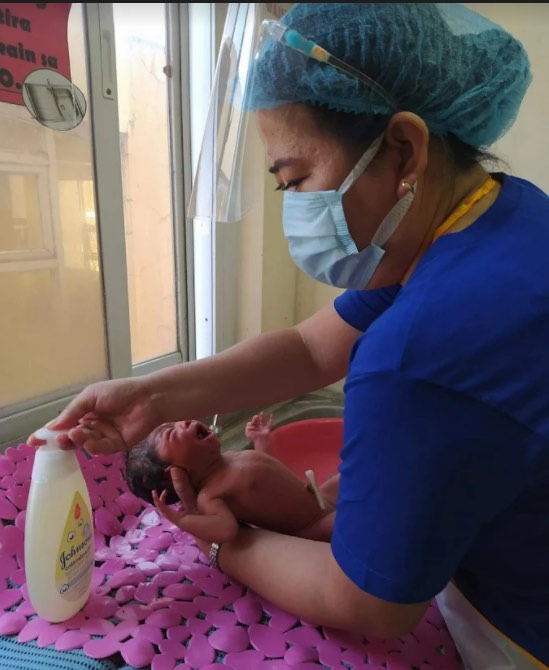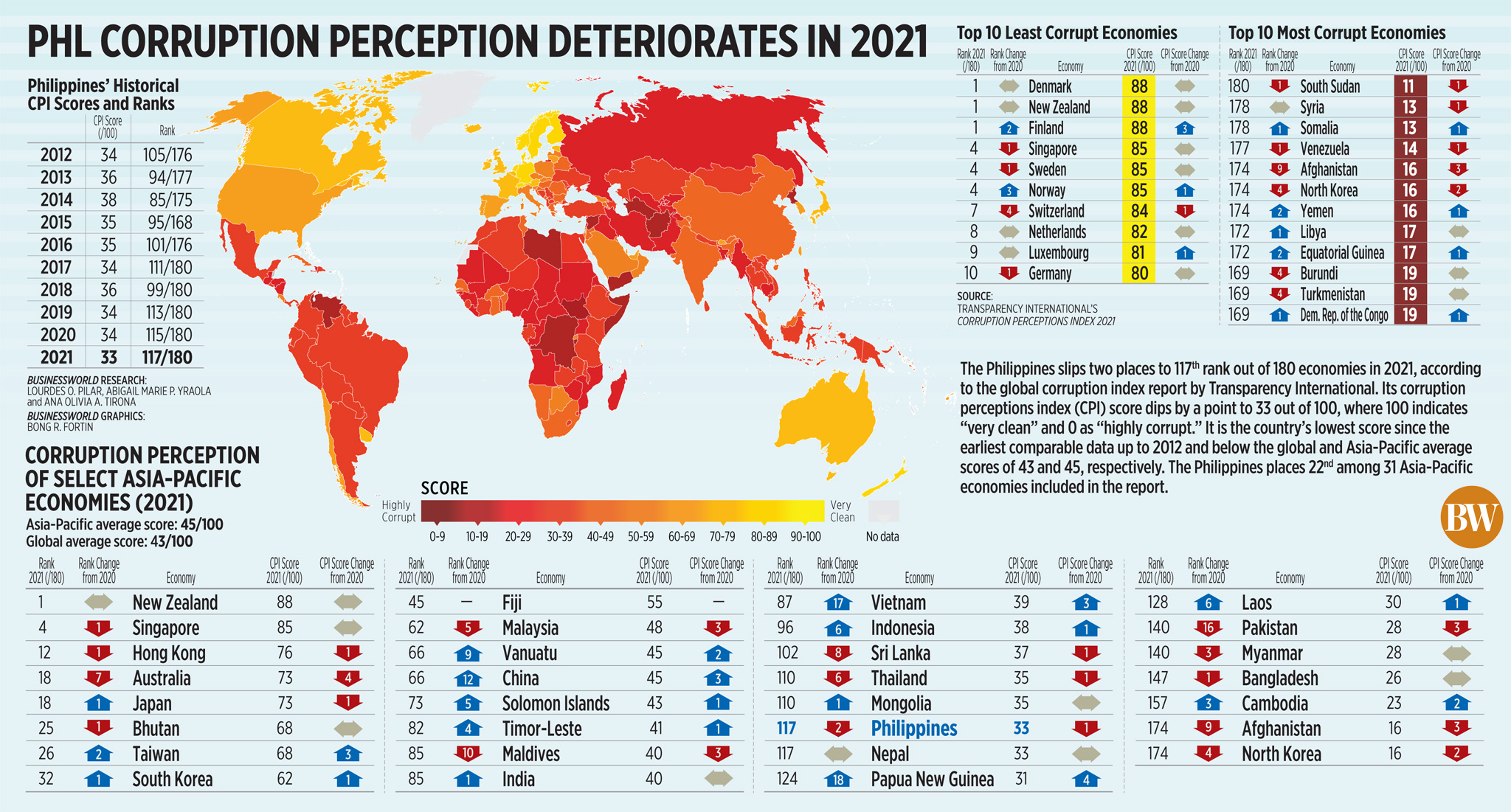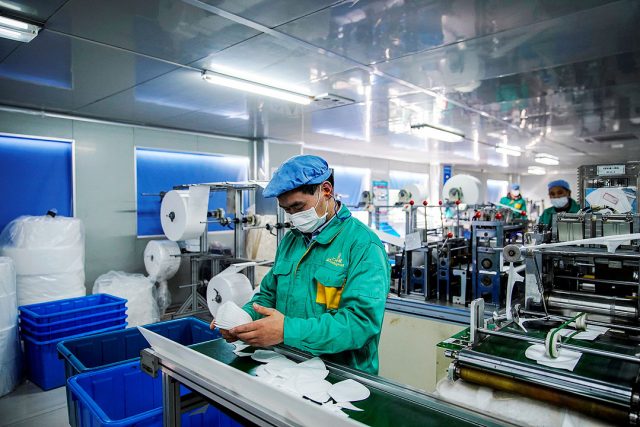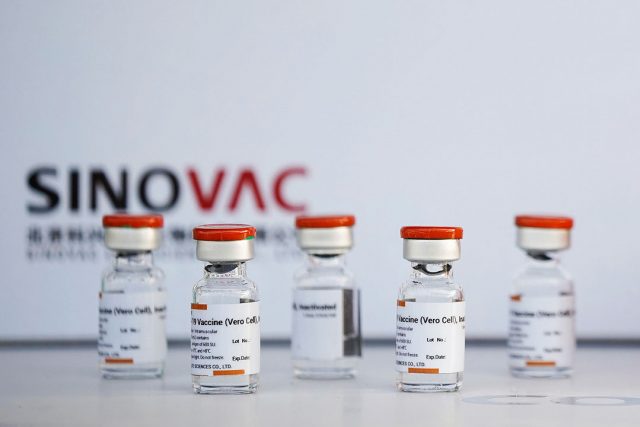Works in a fundraising exhibit for San Sebastian Church incorporate the corrosion which is damaging the structure
THE RUST from corroded sections of the 130-year-old Minor Basilica of San Sebastian has been repurposed and now adds detail to new artworks which will be sold to raise funds for heritage structure’s restoration. Rust from the famously all-steel church was mixed into pigments, suspended in resin, molded into a frame, and topped a finished image.
Better known as San Sebastian Church, it was founded in 1621 after Don Bernardino del Castillo donated the land on which the church stands today in Quiapo, Manila. Don Bernardino, who was a military commander at Fort Santiago, requested that the church be dedicated to San Sebastian, the patron saint of soldiers and athletes. A succession of churches of wood and brick were built on that lot, each of which was damaged or destroyed by a succession of fires and earthquakes. It was rebuilt four times. Designed to be resistant to fires and earthquakes, its current structure (the fifth) was made of steel.
The task of designing the church was given to Spanish architect Genaro Palacios who came up with a plan to use prefabricated steel sections manufactured in Belgium. Belgian engineers supervised the assembly of the church. The stained-glass windows were imported from Germany, while local artists were in charge of the paintings on the walls.
The all-steel church was declared a Minor Basilica by the Vatican in 1890, even before construction had started. The church was declared a National Heritage Landmark in 1973, and a National Cultural Treasure in 2011.
Today, the structure faces new challenges — corrosion from the salt air from the nearby Manila Bay and water infiltration.
In other words, rust.
Water has infiltrated the walls, accumulating inside the hollow columns supporting the roof, corroding the steel causing it to expand and further damaging the structure.
The San Sebastian Basilica Conservation and Development Foundation, Inc. (SSBCDFI) was established in 2012 and heads the church’s restoration program. Since then, the restoration program has been conducting fundraisers for its maintenance, emergency repairs, and restoration of the roofing system and the columns, the restoration of paintings and the stained-glass windows.
THE ONLINE EXHIBIT
This month, the foundation is hosting its second “Rust to Art” exhibit (the first was in 2018), titled “Para Sa Ina: Rust to Art” Exhibit. The digital fundraiser, which will be held on Jan. 28, will showcase 22 local artists.
Reredos, an informal group of artists specializing in religious art, had created works for the 2018 fundraiser. The group’s eight members — Juan Alcazaren, Vincent Balandra, Robert Besana, Jood Clarino, Lora Ledesma Domingo, Paolo Icasas, Michael Muñoz, and Pia Soriano — are participating in this edition.
The foundation also invited new artists to join: Ding Royales, Lawrence Samson Castillo, Joe Datuin, Arlene de Castro Añonuevo, Julius Legaspi, Naning Estrella, Marius Black, Byaheng Lawton (Lawton Ladao), Derrick Macutay, Pol A. Medina, Jr., Al Perez, Danny Santiago, Bianca Tan, and Jun Vicaldo.
The exhibit is curated by Asst. Prof. Mary Ann Venturina-Bulanadi, PhD of the University of Sto. Tomas.
“While we were reviewing the initial list of the participating artists, I felt that we needed to invite more artists to enrich and diversify this year’s line-up,” Ms. Venturina-Bulanadi told BusinessWorld via Messenger chat. “It would be interesting to show how other artists would depict the theme of the exhibit and thereby further enhancing the purpose of the exhibit.”
“With the support of the Director of San Sebastian Basilica Conservation and Development Foundation, Inc., Marianne Claire Vitug, I opened the invitation to those artists that I had previously worked with, curating for them in group shows, or even their solo shows. I personally invited each one of them and discussed the cause,” Ms. Venturina-Bulanadi added.
The exhibit features 35 paintings, sculptures, and mixed media pieces that all incorporate rust collected from the church.
Artists experimented with various methods and materials to create works inspired by their reflections on the devotions to Nuestra Señora del Carmen de San Sebastian (Our Lady of Mt. Carmel of San Sebastian) and Nuestra Señora de la Salud (Our Lady of Health), and their history in the basilica.
The rust that the artists used has been collected by the basilica’s restoration team for years.
“[The restoration team] has been collecting rust since before 2018 because they would need to study it. Sometimes we’d send samples to labs to check on the type of metal,” Samantha Pacardo, the foundation’s Fundraising, and Communications Manager, told BusinessWorld in a Zoom interview.
Ms. Pacardo said that at one point in their investigation into the damage the church has suffered through the years, the team had “to cut through the metal and look inside the column” and “had people go inside the column to get samples.”
“It’s a mix of stuff that’s been collected before 2018 up until last year, and so that’s what we gave the artists,” she said.
Ms. Pacardo said the artists were invited to a talk with a chemist from the University of Santo Tomas to have a better idea of what to mix it with and experiment with it.
THE RESTORATION PROJECT
The online exhibition will be open until April, with all proceeds going to support the restoration team and the experts who continue to work on the restoration of the basilica.
“For this year, the proceeds of the ‘Rust to Art’ exhibit will be in support of hiring more people for the restoration,” Ms. Pacardo said, adding that work on the church continued despite the coronavirus disease 2019 (COVID-19) pandemic lockdowns of the past two years, all done in accordance with health protocols.
Ms. Pacardo said that the foundation is looking to raise more than P1 million from the exhibit for the restoration project.
“We’re going to be dividing the proceeds not just for the foundation, but also for the artists,” she said.
The restoration project is divided into three phases and is set to run until 2033. The priority for the current phase is looking into and designing repairs for leaks.
“Phase 1 focuses on the columns, paintings, windows and other elements within and nearby the dome that’s currently closed off. Phase 2 branches out to the other end of the church, and focuses on tower columns, windows and paintings at the choir loft. Phase 3 is focused at the main body of the church, so this would mean the nave and corner columns, windows along the sides of the church, and major paintings,” said Ms. Pacardo.
“Rather than separating it by research and design, what the team did is to separate [phases] by priority areas because we realize that you can stop doing the research altogether, and redesign,” Ms. Pacardo said. “And while it’s good that San Sebastian is so unique, there’s also that this disadvantage that nobody knows quite how to fix it.”
“What we realized is everything is happening continuously. Our experts who’ve been working with us for a long time see the way that the material is changing, different from how they saw it a few years back,” she said, adding that the condition of materials may change depending on the weather and temperature.
“So rather than limiting the things that are going to be done by actions, it’s more [focusing on] areas already,” Ms. Pacardo said. “It also gives the teams space for them to continually study it.”
All this repair work has to take into consideration that San Sebastian Church is not a static building but a working structure that caters to the spiritual needs of the community.
“At the end of all this, the goal is still to have a repaired roof system, columns, windows, paintings, etc. but we approach it by dividing the church into different areas so people can still use it for religious events and needs,” said Ms. Pacardo.
“Para sa Ina: Rust to Art” opens on Jan. 28 and will be available exclusively on the foundation’s website, www.sansebastianconservation.org. The artworks will be available for purchase through the foundation from the opening day until April.
For more information about the exhibit, contact the foundation at officialstore@savesansebastian.org or visit the official Facebook (www.facebook.com/savessbasilica) and Instagram (www.instagram.com/savessbasilica) accounts. — Michelle Anne P. Soliman
















